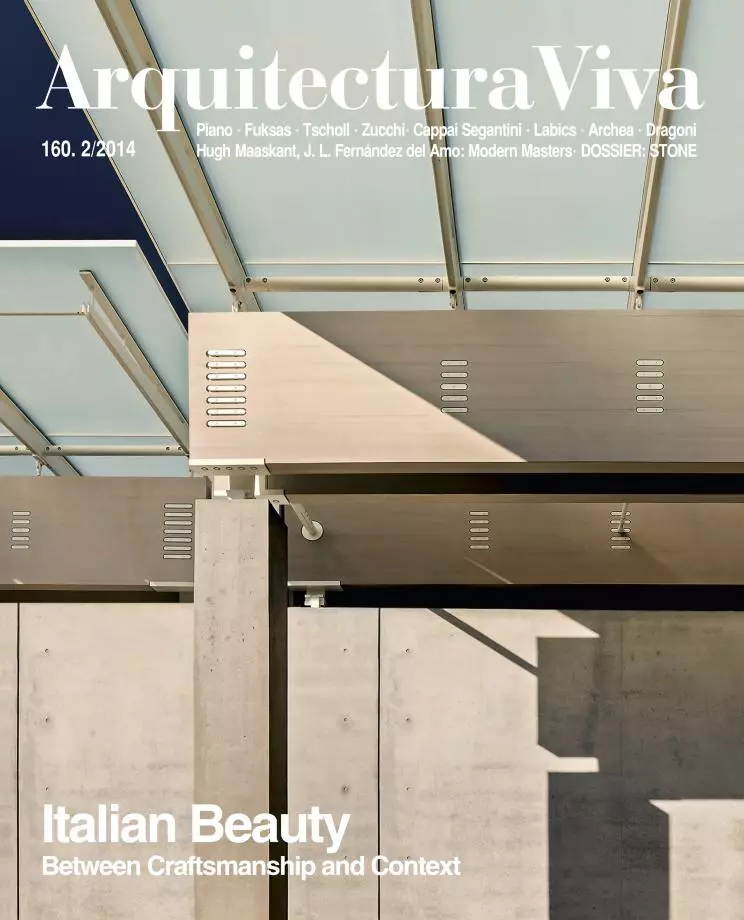
We will always have Italy. The grande bellezza of this second home for all architects often evokes the sweet melancholy of decadence, but the tireless vitality of this Mediterranean peninsula cannot be blurred by the overwhelming presence of history. My first trip outside Spain was to Rome, where I spent one week with my father in June of 1966. The city was in full electoral effervescence, and almost half a century later I remember being just as impressed by the ruins of the forums or the Baroque churches as by the lively political debate rings that would gather at night in Piazza Navone. For many of us Italy has always been a dazzling deposit of beauty frozen in stone, but also a rich fountain of contemporary intellectual and aesthetic stimuli, from the films of Rossellini, Visconti or Pasolini to the books of Pavese, Sciascia or Calvino.
In the field of architecture, the huge influence of the Tendenza in the schools displaced the first modernity of Terragni or Libera and the revisionism of BBPR or Scarpa, and when its echoes faded in the eighties the New York-Milan axis around which the discipline’s debate had developed was also interrupted, and Italy disappeared from the international stage for two long decades: Aldo Rossi passed away in 1997 after an uncertain last period, and Renzo Piano – the other Italian Pritzker – would more often than not be considered a cosmopolite rather than local figure, so Italy stopped participating in the world’s architectural conversation, which found new areas of interest first in Holland and Switzerland and then in the Iberian Peninsula or the Japanese archipelago, as the attentive Milan-based magazines or the Venice biennale never failed to reflect.
But as this issue shows, Italy is back with energy, and not only with its main international figures, but also with a new generation that – as Fulvio Irace convincingly points out – has had to start almost from scratch, reinterpreting modernity through construction and context, departing both from the obsessive concern for form and type and from the mediatic images that have characterized the iconic architecture of recent years, and turning to craftsmanship and the relationship with history to create environments and landscapes that reconcile present concerns with nature and memory. In its effort to regenerate the discipline starting from the margins, this young self-taught group of architects can take as a reference the exemplary professional and personal approach of the patient Genoa master, whose cover detail may serve as an exact and beautiful emblem of an attitude and a time.





